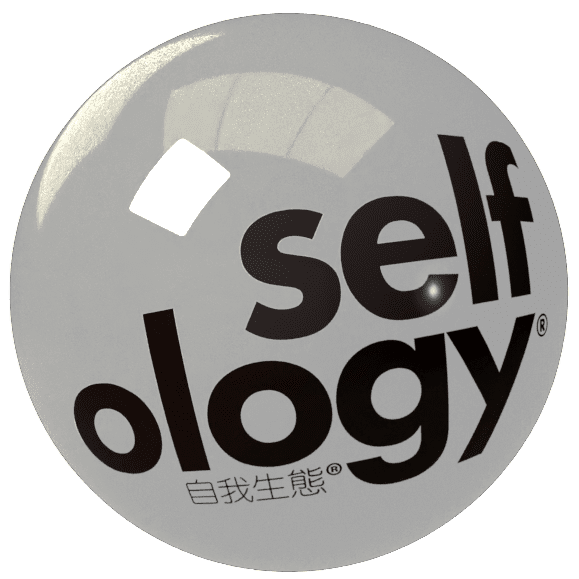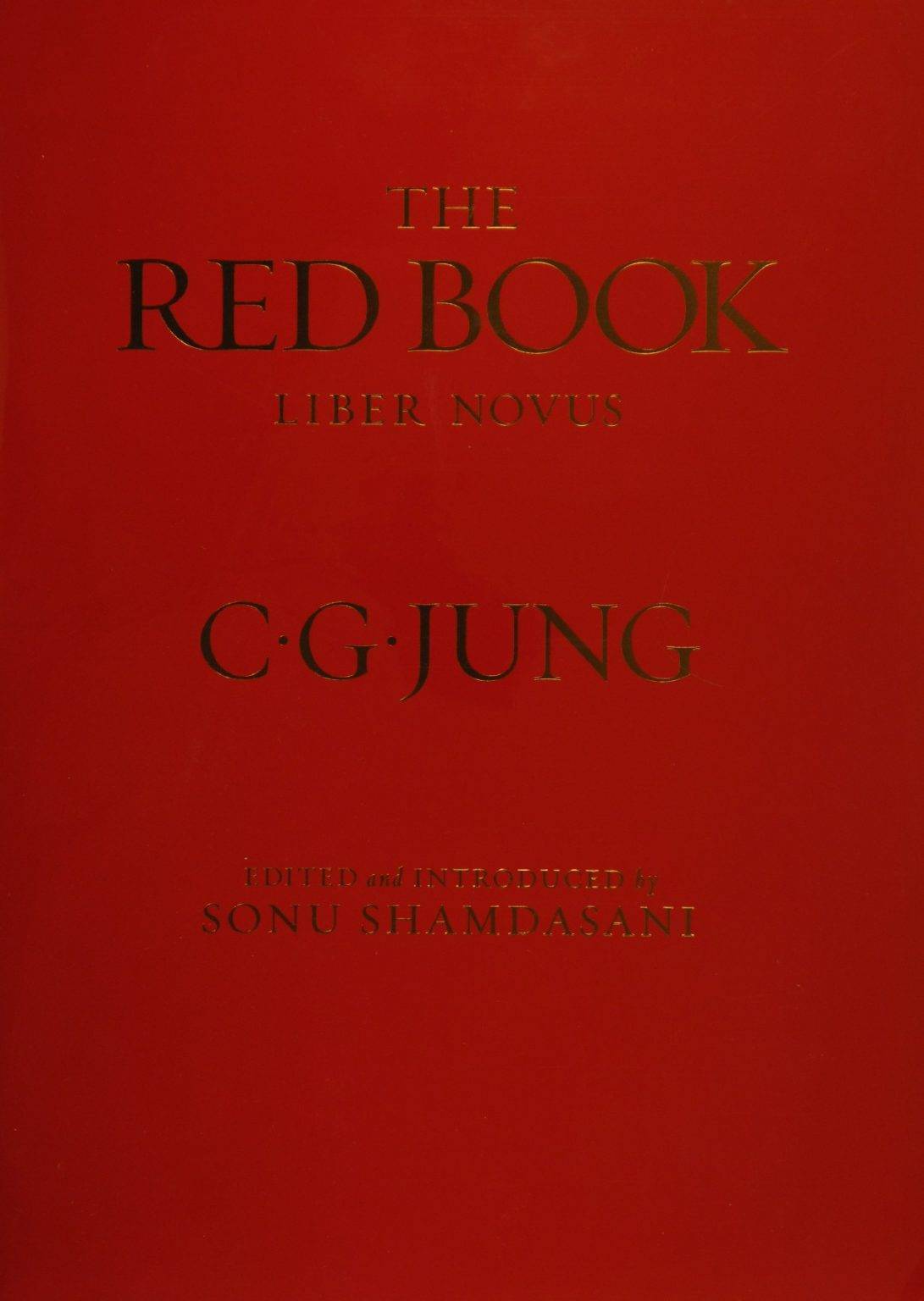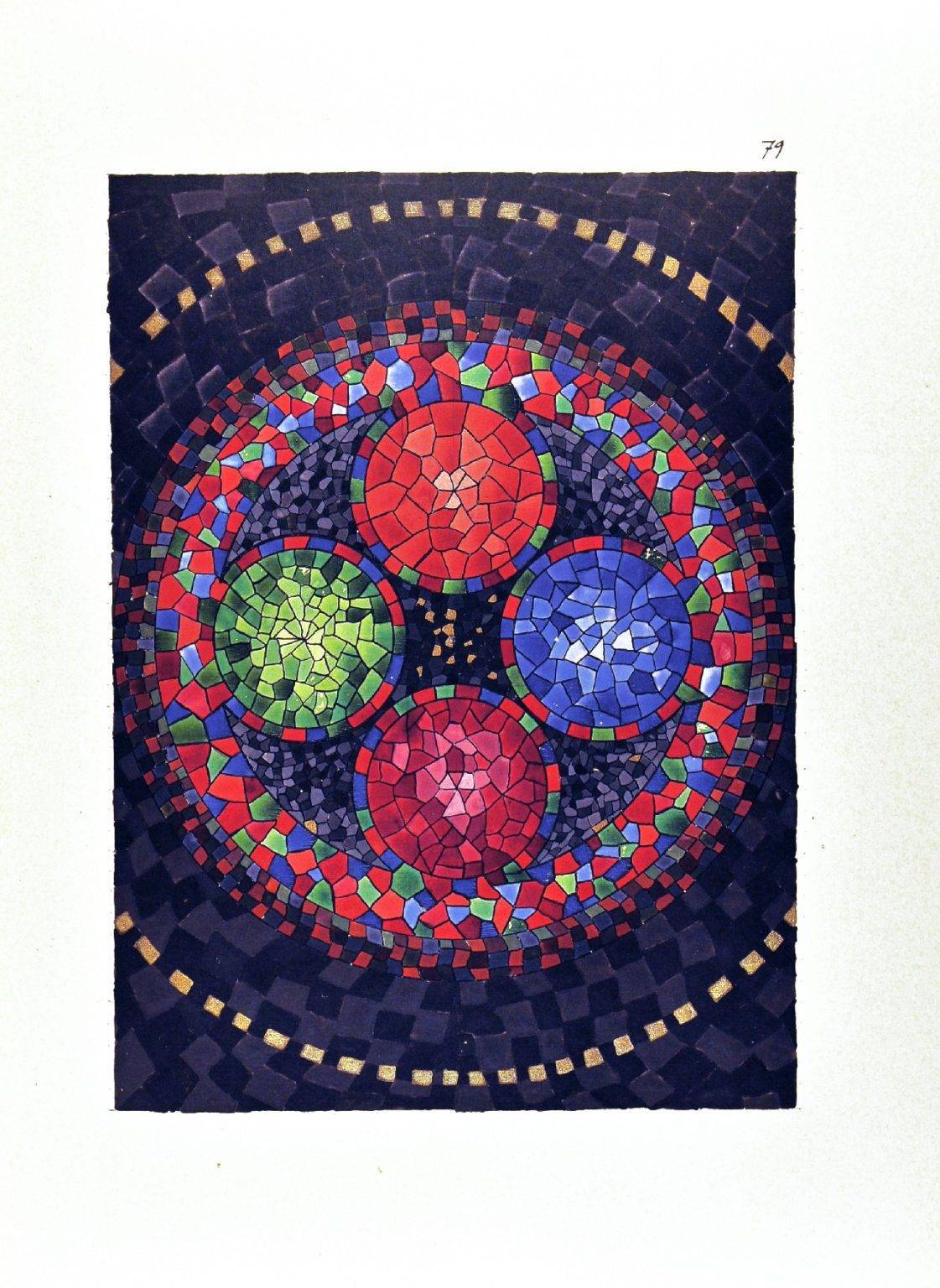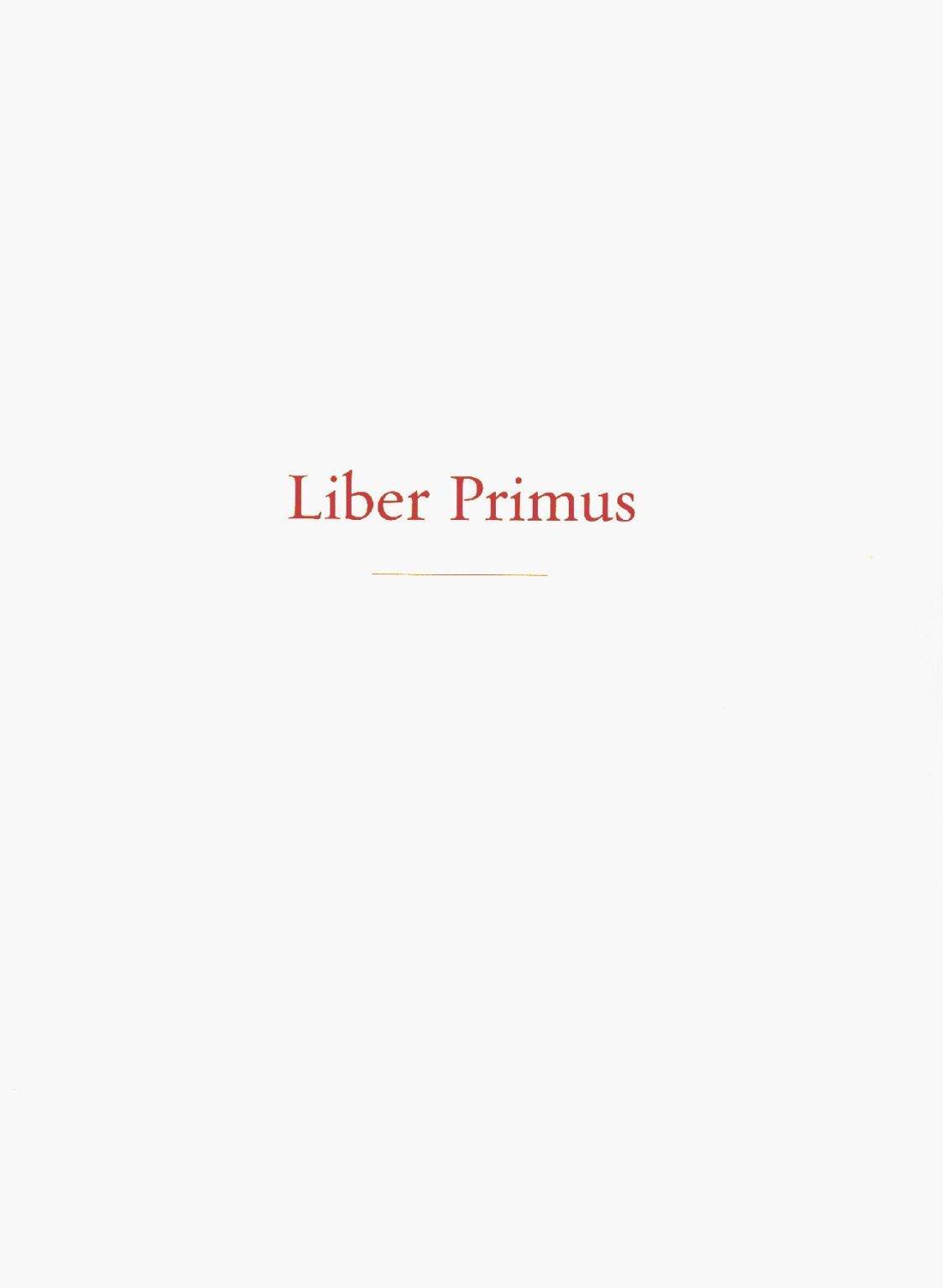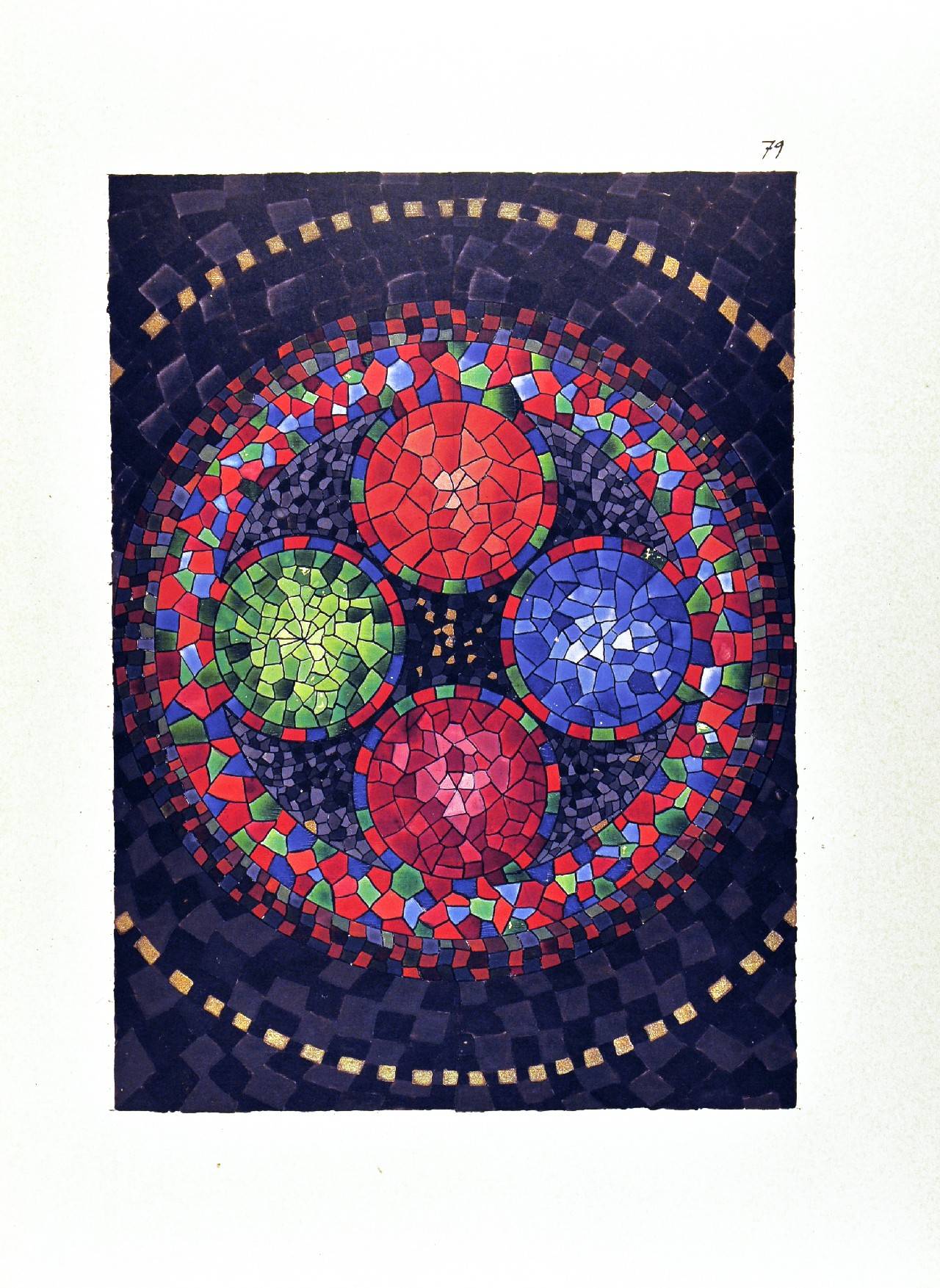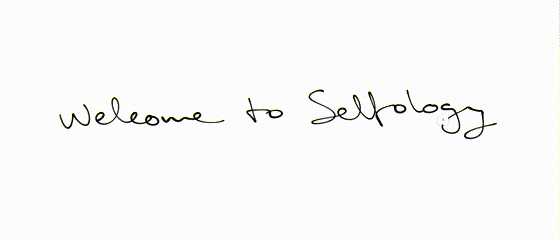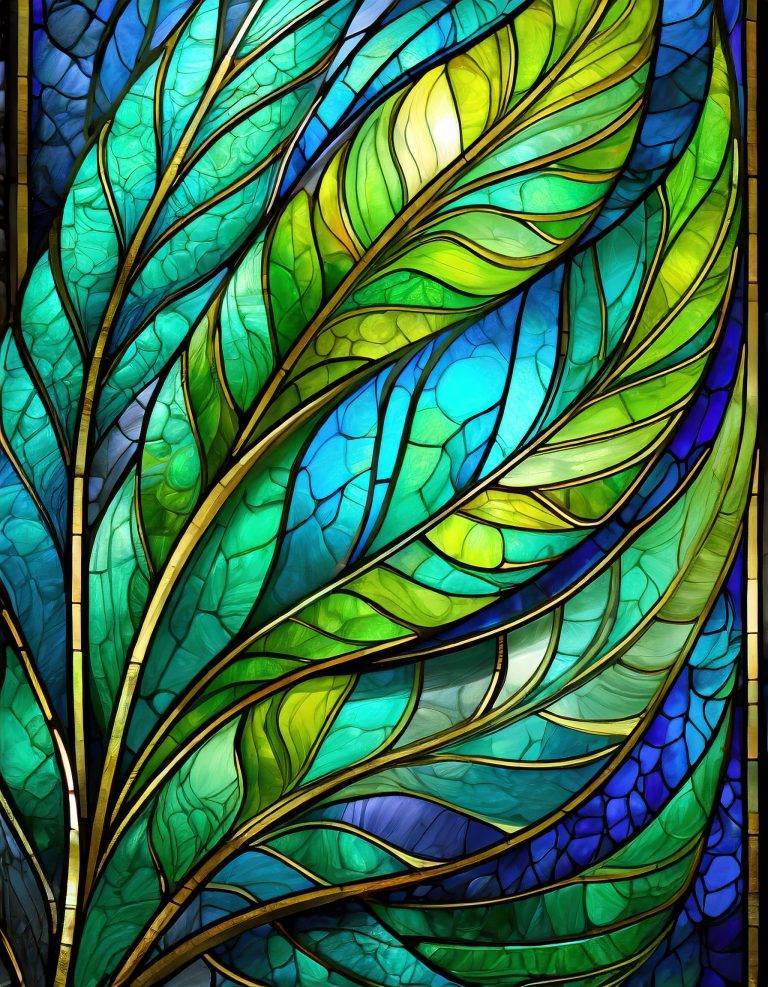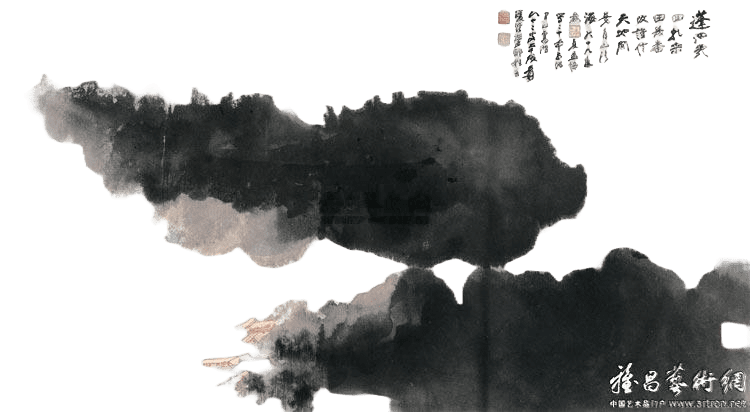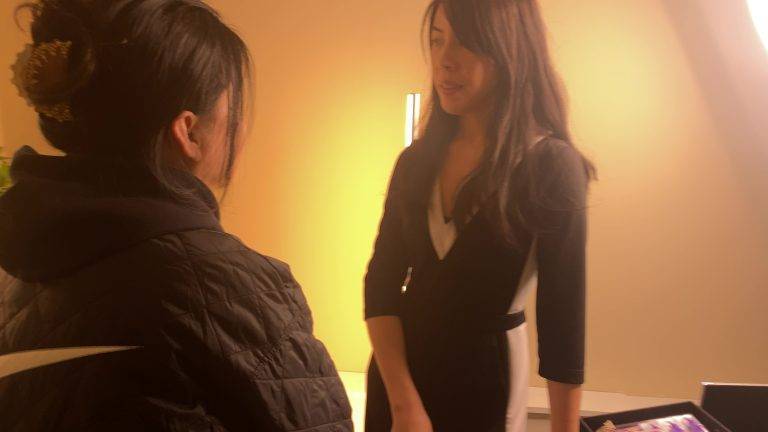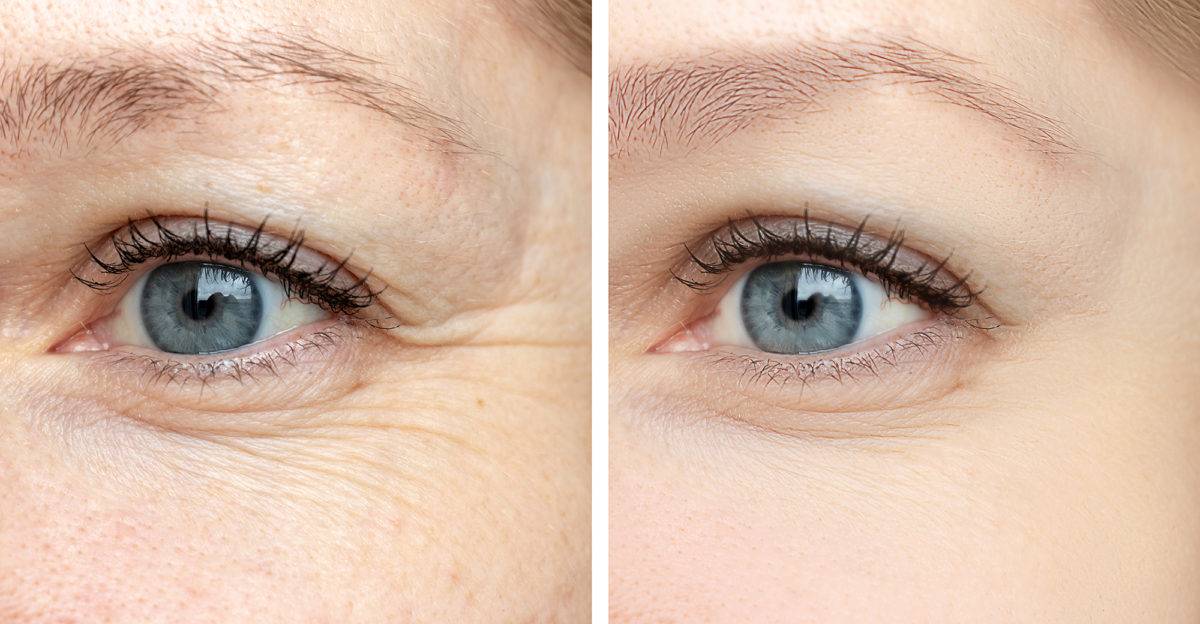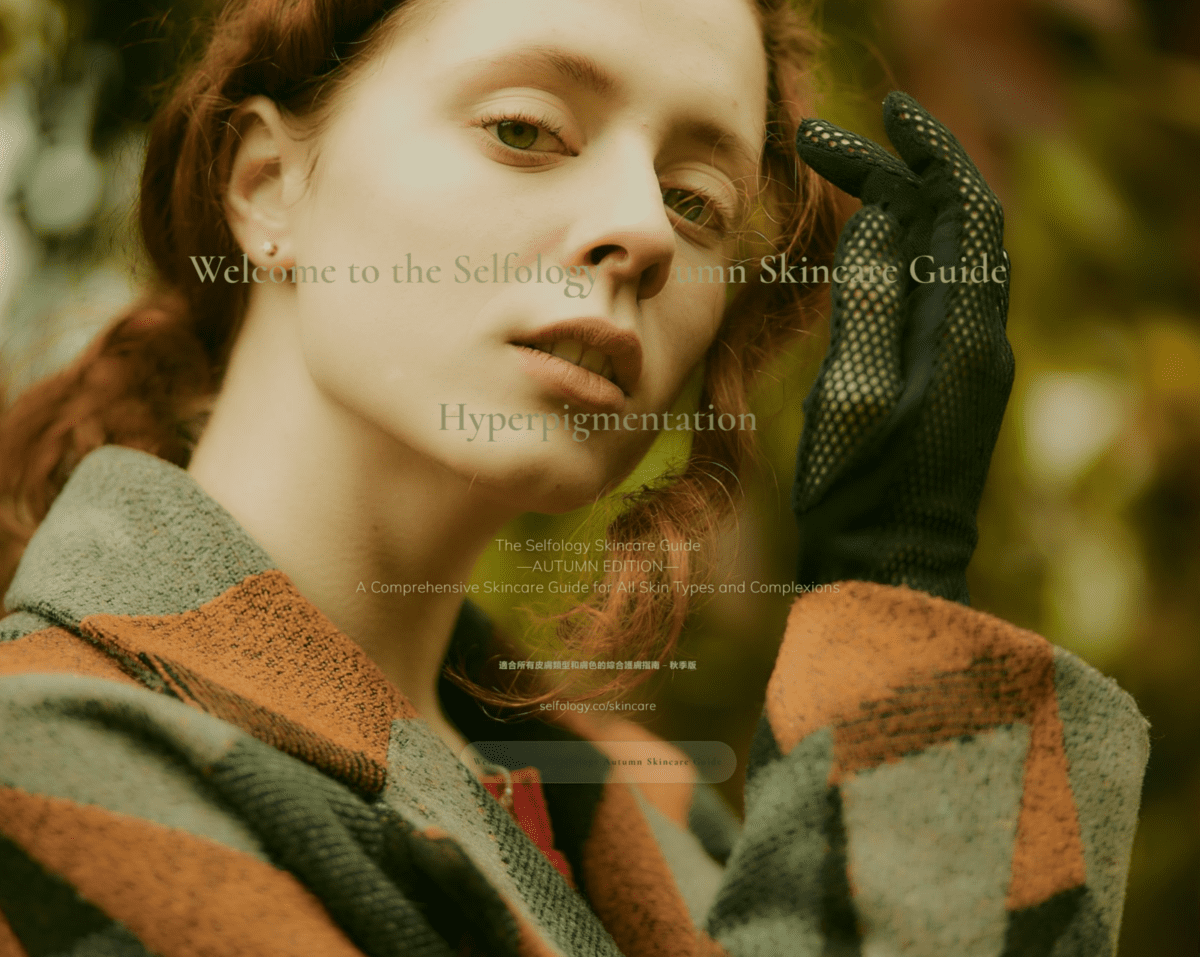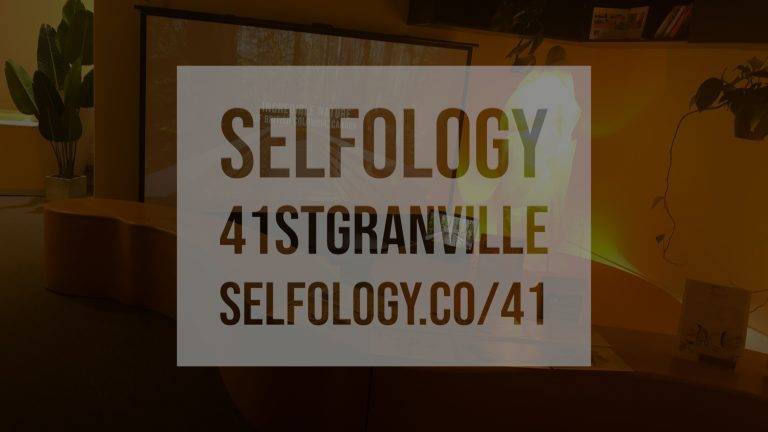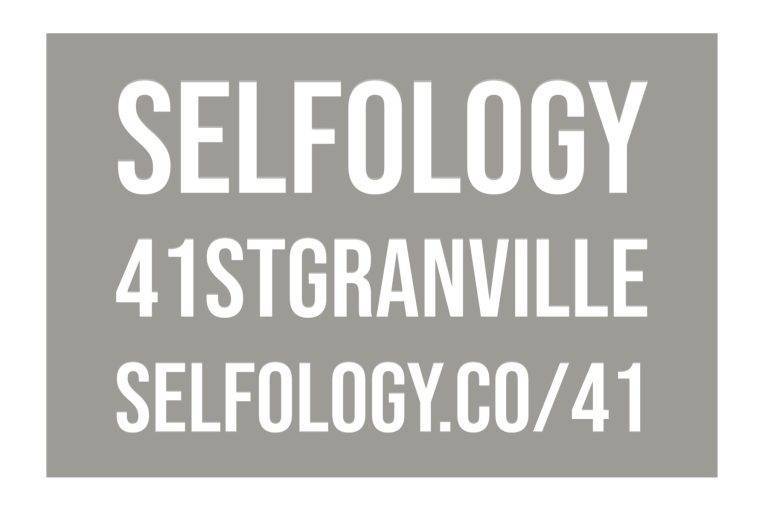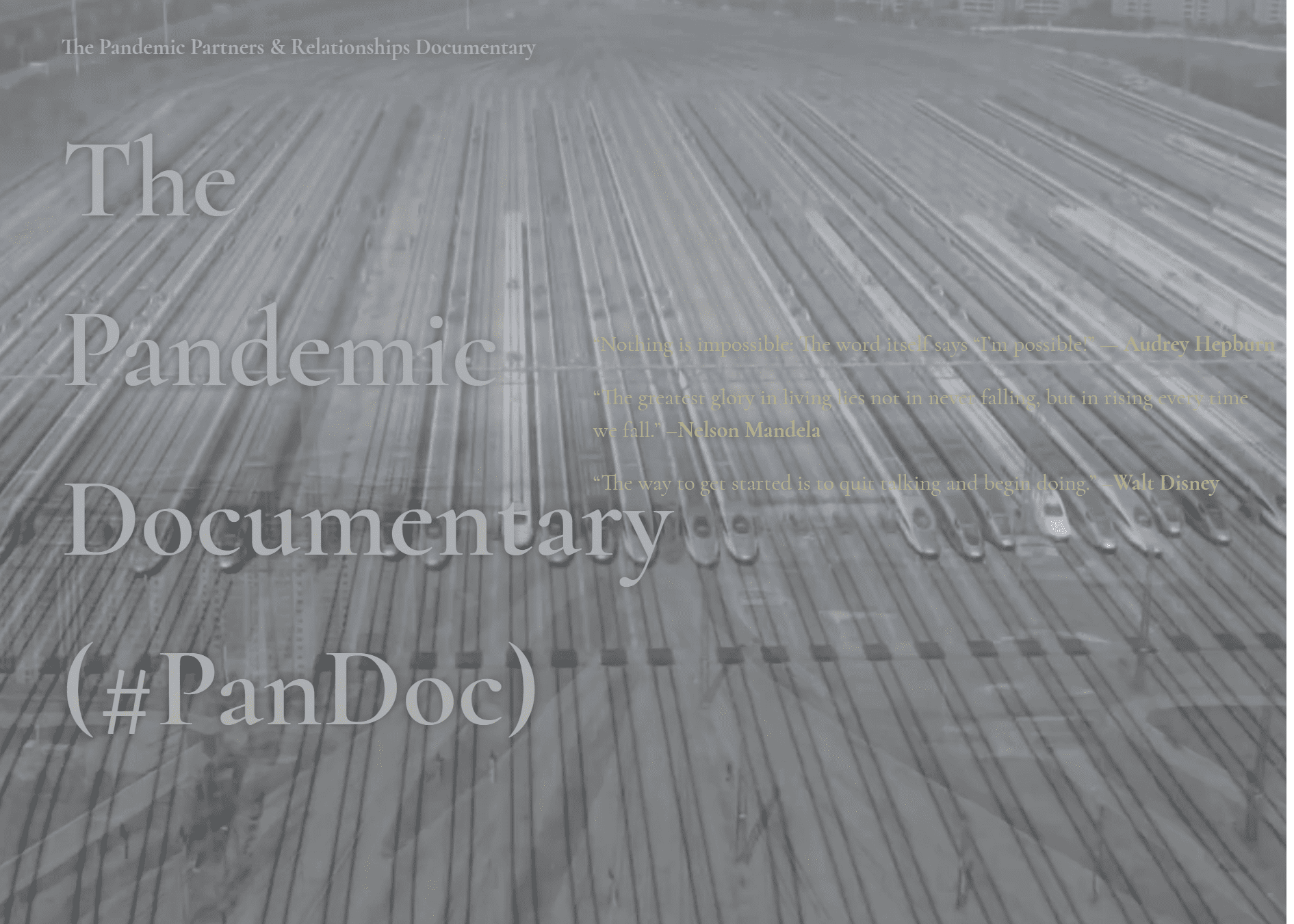紅皮書 – Liber Novus:卡爾·榮格的神秘手稿
瞭解瑞士心理學家迷人而神秘的傑作,他通過藝術和寫作探索自己的潛意識。
卡爾·榮格(Carl Jung)被廣泛認為是現代心理學的創始人之一,還有他的導師和競爭對手西格蒙德·弗洛德(Sigmund Freud)。榮格發展了許多有影響力的概念,例如集體無意識、原型、個體化過程和同步性原則。但也許他最個人化和最神秘的作品是《紅皮書》,這是他在 1914 年至 1930 年間創作的大型皮革裝訂手稿,直到 2009 年才對公眾隱藏。
《紅皮書》不是一本科學或學術論文,而是榮格心理經歷、見解和發現的個人和藝術表達。
Liber Novus 和 The Red Book 是同一本書,但名稱不同。Liber Novus 是榮格給他的手稿起的拉丁文標題,意思是“新書”。紅皮書是後來因其紅色皮革封面而賦予這本書的名字。
它包含許多原型和其他元素,反映了他對生活、靈魂、無意識和自我的看法。這本書分為兩部分:Liber Primus(第一本書)和 Liber Secundus(第二本書),每個部分由幾個章節組成,標題為“即將到來的道路”、“沙漠”、“森林中的城堡”和“上帝的構想”。這本書還包括榮格為配合他的作品而製作的許多插圖、繪畫和書法文字。
《紅皮書》是榮格“與無意識對抗”的結果,這是他在1913年與弗洛德決裂后經歷的一段強烈的內省和自我探索時期。榮格覺得他必須面對自己內心的惡魔和衝突,以及塑造人類心理的集體力量。他通過誘導一種活躍的想像力狀態來做到這一點,在這種狀態下,他讓自己的無意識圖像和幻想出現並與他的意識相互作用。然後,他將他的願景和對話記錄在他的日記中,被稱為黑皮書,後來在紅皮書中轉錄和闡述了它們。
《紅皮書》不是一本簡單明瞭的讀物,而是一個複雜的象徵性敘述,需要仔細的解釋和反思。這也是一份高度個人化和主觀性的檔,揭示了榮格的掙扎、懷疑、恐懼和希望,以及他的創造力和精神潛力。《紅皮書》不是一本適合所有人的書,但對於那些對榮格的心理學感興趣的人,或者對自己心靈的更深層次感興趣的人來說,它是智慧和靈感的寶庫。
名字裡有什麼?
Liber Novus 在拉丁語中是「新書」的意思。這是瑞士精神病學家卡爾·古斯塔夫·榮格 (Carl Gustav Jung) 在 1914 年至 1930 年間創作的紅色皮革裝訂手稿的標題。它包含了他在激烈的心理探索時期所經歷的個人反思、願景和幻想。 他認為這是他一生的中心工作,也是他後來的理論和著作的源泉12
liber這個詞在拉丁語中還有另一種含義:它也可以表示“樹皮”,在古代被用作書寫材料3 這可能表明榮格的書與人類表達和創造力的原始來源之間存在象徵性聯繫。
novus一詞的起源尚不確定,但它可能與原始印歐語詞根*neu-有關,意思是“新”。這個詞根也產生了英語中的novel、novice和innovation等詞。榮格的書確實是對他的內心世界和他對心理轉變的追求的新穎而創新的表達。
這本書通常也被稱為《紅皮書》,因為它的紅色皮革封面。 榮格本人在對開頁的書脊上印上了 Liber Novus 的標題,但他經常在他的信件和談話中簡單地稱其為「紅皮書」4
為什麼花了這麼長時間才發佈?
直到 2009 年,即榮格去世近 50 年後,Liber Novus 才出版或可供研究。為什麼這部傑作花了這麼長時間才見到曙光?
答案並不簡單,但它涉及多種因素,例如榮格自己的矛盾心理、家人的不情願、繼承人的糾紛,以及編輯和翻譯如此複雜而獨特的挑戰5
榮格本人也不確定是否要出版他的書。他擔心它可能會被公眾誤解或濫用,並可能損害他作為科學家和醫生的聲譽。他還覺得這本書太個人化和親密了,無法與他人分享。他曾經說過:「這本書沒有完成,它只是結束了。它應該是一個活生生的東西,因此它應該成長。
榮格的家人,尤其是他的兒子弗朗茨,繼承了這本書,也對發行它猶豫不決。他們希望尊重榮格的意願並保護他的遺產。他們擔心出版這樣一份私人和有爭議的檔會帶來法律和道德問題。他們還希望確保這本書以學術和尊重的方式呈現,並附有適當的註釋和解釋。
榮格的繼承人組成了榮格基金會,他們對這本書有不同的看法和興趣。他們中的一些人想發佈它,而另一些人則想保密。他們中的一些人想賣掉它,而另一些人則想保存它。他們中的一些人希望與學者和出版商合作,而另一些人則希望控制這一過程。這些衝突導致了持續數十年的訴訟和延誤。
最後,這本書本身給編輯和翻譯人員帶來了許多困難。該書由400多頁的德文書法文字組成,並附有53幅繪畫和素描。文本不是線性或連貫的,而是不同體裁的拼貼畫,例如對話、詩歌、神話和反思。該文本還包含許多對歷史、宗教和文化來源的引用,以及榮格自己的生活和工作。這些繪畫和素描具有豐富的象徵意義和意象,但也有晦澀難懂和神秘的色彩。這本書是藝術和心理學的傑作,也是一個謎題和謎團。
有關於它的電影或紀錄片嗎?
據我所知,沒有一部電影或紀錄片是專門針對 Liber Novus 的。然而,有一些電影和紀錄片以某種方式介紹或提及這本書。以下是一些範例:
- 危險方法 (2011):這是一部由大衛·柯南伯格執導的歷史劇情片,改編自克裡斯托弗·漢普頓的戲劇《會說話的治癒》。這部電影描繪了榮格、西格蒙德·弗洛德和薩賓娜·斯皮爾萊因之間的關係,並探討了精神分析的起源。這部電影展示了榮格正在寫他的書並有異象,但沒有透露太多關於它的內容或意義。
- 心靈問題 (1986):這是一部由馬克·惠特尼執導的紀錄片,根據榮格及其同事的採訪和演講改編。這部電影涵蓋了榮格的生活和工作,並包括他的一些繪畫和 Liber Novus 的素描鏡頭。這部電影還收錄了該書編輯索努·沙姆達薩尼(Sonu Shamdasani)的一些評論。
- 紅皮書對話(2009-2010):這是紐約魯賓藝術博物館與Liber Novus展覽一起組織的一系列公共活動。該系列邀請了多位藝術家、作家、音樂家和思想家與這本書以及彼此進行對話,並分享他們的見解和靈感。一些參與者包括愛麗絲·沃克、大衛·伯恩、比利·科根、斯汀和馬丁·斯科塞斯。
榮格的最佳Quotes
卡爾·榮格 (Carl Jung) 是一位多產的作家和思想家,他留下了大量關於各種主題的名言,例如心理學、宗教、靈性、藝術、夢想和潛意識。他的名言啟發和影響了許多人,從教師和學生到藝術家和尋求者。以下是他的一些最佳名言,老師和人們研究和引用最多的名言:
Carl Jung’s Quotes in Chinese Traditional Translation
Carl Jung was a Swiss psychiatrist and psychotherapist who founded analytical psychology. He was also interested in Eastern philosophy and religion, especially Taoism and Buddhism. He wrote many books and essays on various topics, such as the unconscious, archetypes, dreams, symbols, and alchemy. Here are some of his famous quotes in Chinese Traditional translation, along with the original English versions and the sources.
人格的相遇就像兩種化學物質的接觸:如果有任何反應,它們都會轉變。
“The meeting of two personalities is like the contact of two chemical substances: if there is any reaction, both are transformed.” 1
This quote is from Jung’s book Psychology and Alchemy, which was first published in 1944. It is part of his discussion on the psychological process of individuation, which involves the integration of the conscious and the unconscious aspects of the self. Jung believed that the encounter with another person can trigger this process, as it can reveal the hidden or repressed parts of one’s own personality.
任何刺激我們的東西都可以引導我們了解自己。
“Everything that irritates us about others can lead us to an understanding of ourselves.” 2
This quote is from Jung’s book Memories, Dreams, Reflections, which was published posthumously in 1962. It is an autobiography that covers Jung’s personal and professional life, as well as his views on various subjects. Jung suggested that the things that annoy us about other people are often projections of our own shadow, which is the dark and unconscious side of our personality. By recognizing and accepting our shadow, we can gain more self-knowledge and self-acceptance.
只有當你能夠看進自己的心靈時,你的願景才會變得清晰。誰看外面,夢想;誰看裡面,覺醒。
“Your visions will become clear only when you can look into your own heart. Who looks outside, dreams; who looks inside, awakes.” 2
This quote is also from Jung’s book Memories, Dreams, Reflections. It is a statement that reflects Jung’s emphasis on the importance of introspection and self-exploration. Jung believed that the source of true wisdom and creativity lies within the individual, not in the external world. He also distinguished between dreaming and awakening, which are two modes of consciousness that correspond to the unconscious and the conscious levels of the psyche.
直到你使無意識的意識化,它才會指導你的生活,而你會稱之為命運。
“Until you make the unconscious conscious, it will direct your life and you will call it fate.” 2
This quote is also from Jung’s book Memories, Dreams, Reflections. It is a warning that if we do not pay attention to the unconscious forces that influence our thoughts, feelings, and actions, we will be controlled by them and feel powerless and helpless. Jung argued that we can free ourselves from the tyranny of the unconscious by bringing it to the light of consciousness, through methods such as dream analysis, active imagination, and symbolic interpretation.
我不是發生在我身上的事情,我是我選擇成為的人。
“I am not what happened to me, I am what I choose to become.” 2
This quote is also from Jung’s book Memories, Dreams, Reflections. It is an expression of Jung’s belief in the human potential for growth and transformation. Jung acknowledged that our past experiences, especially the traumatic ones, can shape our personality and behavior, but he also emphasized that we have the power and responsibility to change ourselves and our destiny, by making conscious and deliberate choices that reflect our true self.
你是你所做的,而不是你說你會做的。
“You are what you do, not what you say you’ll do.” 2
This quote is also from Jung’s book Memories, Dreams, Reflections. It is a reminder that our actions speak louder than our words, and that our character is revealed by our deeds, not by our intentions. Jung stressed the importance of being authentic and consistent, and of living according to our values and principles, not according to our fantasies and wishes.
孤獨不是來自於沒有人在身邊,而是來自於無法傳達自己認為重要的事情,或者持有一些別人不可接受的觀點。
“Loneliness does not come from having no people about one, but from being unable to communicate the things that seem important to oneself, or from holding certain views which others find inadmissible.” 2
This quote is also from Jung’s book Memories, Dreams, Reflections. It is a reflection on Jung’s own experience of loneliness and isolation, which he felt throughout his life, especially after his break with Freud and the psychoanalytic movement. Jung explained that he often felt misunderstood and rejected by others, because of his unconventional and original ideas, and because of his need to express his inner truth, even if it contradicted the prevailing norms and expectations.
認識自己的黑暗是處理他人黑暗的最佳方法。
“Knowing your own darkness is the best method for dealing with the darknesses of other people.” 2
This quote is also from Jung’s book Memories, Dreams, Reflections. It is a suggestion that the best way to cope with the negative and harmful aspects of other people, such as their ignorance, prejudice, aggression, and violence, is to confront and understand our own shadow, which is the source of our own negativity and harm. Jung believed that by integrating our shadow, we can become more compassionate and tolerant of others, and less prone to project our faults and fears onto them.
心靈的擺錘在有意義和無意義之間擺動,而不是在正確和錯誤之間。
“The pendulum of the mind oscillates between sense and nonsense, not between right and wrong.” 2
This quote is also from Jung’s book Memories, Dreams, Reflections. It is a statement that challenges the conventional and rationalistic way of thinking, which tends to divide everything into binary opposites, such as good and evil, true and false, logical and illogical. Jung proposed that the mind operates on a different level, which is more intuitive and creative, and which transcends the limitations of reason and morality. He suggested that we should not dismiss the seemingly nonsensical and irrational aspects of our psyche, such as dreams, fantasies, and symbols, as they can reveal a deeper and higher meaning and wisdom.
每一種成癮都是不好的,無論毒品是酒精、嗎啡還是理想主義。
“Every form of addiction is bad, no matter whether the narcotic be alcohol, morphine or idealism.” 2
This quote is also from Jung’s book Memories, Dreams, Reflections. It is a warning that any kind of excessive and compulsive behavior, whether it is related to substances, activities, or beliefs, can be harmful and destructive, both to oneself and to others. Jung argued that addiction is a sign of a psychological problem, such as a lack of balance, a loss of meaning, or a denial of reality. He suggested that the only way to overcome addiction is to face and resolve the underlying issue, and to find a healthier and more fulfilling way of living.
一生的特權就是成為你真正的自我。
“The privilege of a lifetime is to become who you truly are.” 2
This quote is also from Jung’s book Memories, Dreams, Reflections. It is a declaration of Jung’s vision and mission, which was to help
榮格的信仰與家庭
榮格於1875年出生於瑞士凱斯維爾,父親是新教牧師,母親是瑞士改革宗。他有一個孤獨而孤立的童年,其特點是父親與他的信仰作鬥爭,母親的抑鬱症發作。他很早就對靈性、神話和神秘學產生了興趣,他通過閱讀和夢想來探索這些興趣。他還擁有生動的想像力和豐富的內心生活,他後來稱之為“不”。2.性格。4
榮格在巴塞爾大學和蘇黎世大學學習醫學和精神病學,在那裡他對西格蒙德·弗洛德和精神分析的工作產生了興趣。他於 1907 年與弗洛德相識,並成為弗洛德的親密合作者和繼承人,直到 1913 年他們的關係因理論和個人分歧而破裂。榮格隨後走上了自己的心理學探索之路,他稱之為分析心理學。他發展了自己的概念,例如集體無意識、原型、阿尼瑪和阿尼姆斯、陰影、自我和個人化過程。他還研究了各種宗教和哲學傳統,如煉金術、諾斯替主義、佛教、道教和基督教,並將它們納入他的心理框架4
榮格於 1903 年與富有的女繼承人艾瑪·勞申巴赫 (Emma Rauschenbach) 結婚,並育有五個孩子。他還有過幾次婚外情,最著名的是與前病人和同事薩賓娜·斯皮爾萊因(Sabina Spielrein)以及親密的同事和同伴托尼·沃爾夫(Toni Wolff)的婚外情。他與妻子的關係複雜而矛盾,妻子在經濟和智力上支援他,但也在情感和道德上挑戰他。他與孩子們的關係也很困難,很疏遠,為了工作和旅行,他忽視和忽視了他們。他於 1961 年在瑞士的 Küsnacht 去世,自 1909 年以來一直居住在那裡45
榮格對宗教和靈性有著微妙和非傳統的看法。他不是任何教會或教派的成員,他批評有組織的宗教的教條主義、文字主義和對個人對神性體驗的壓抑。他也拒絕了人格化的上帝的想法,更願意使用“自我”一詞來描述心靈的超然和統一原則。他認為宗教是人類心靈的自然和必要的表達,它起到了為生活提供意義、價值和方向的功能。他還 認識到宗教現象的多樣性和複雜性,以及尊重和理解不同宗教傳統和觀點的必要性。他研究了各種宗教,如基督教、佛教、印度教、道教、諾斯替主義和煉金術,並試圖找到它們背後的共同原型模式和符號。他還鼓勵他的病人和學生探索他們自己的宗教和精神體驗,並將其融入他們的個人和集體發展中。
榮格對宗教的態度不是教條主義的或教義主義的,而是經驗主義的和心理學的。他並沒有聲稱自己擁有關於上帝的本質或生命意義的最終或絕對真理,而是提供了一種探索和表達人類對完整和超越的追求的方式。他曾經說過:「我不相信,我知道。他的意思是,他不依靠盲目的信仰或權威,而是依靠他自己對心靈及其表現的直接體驗和觀察。
